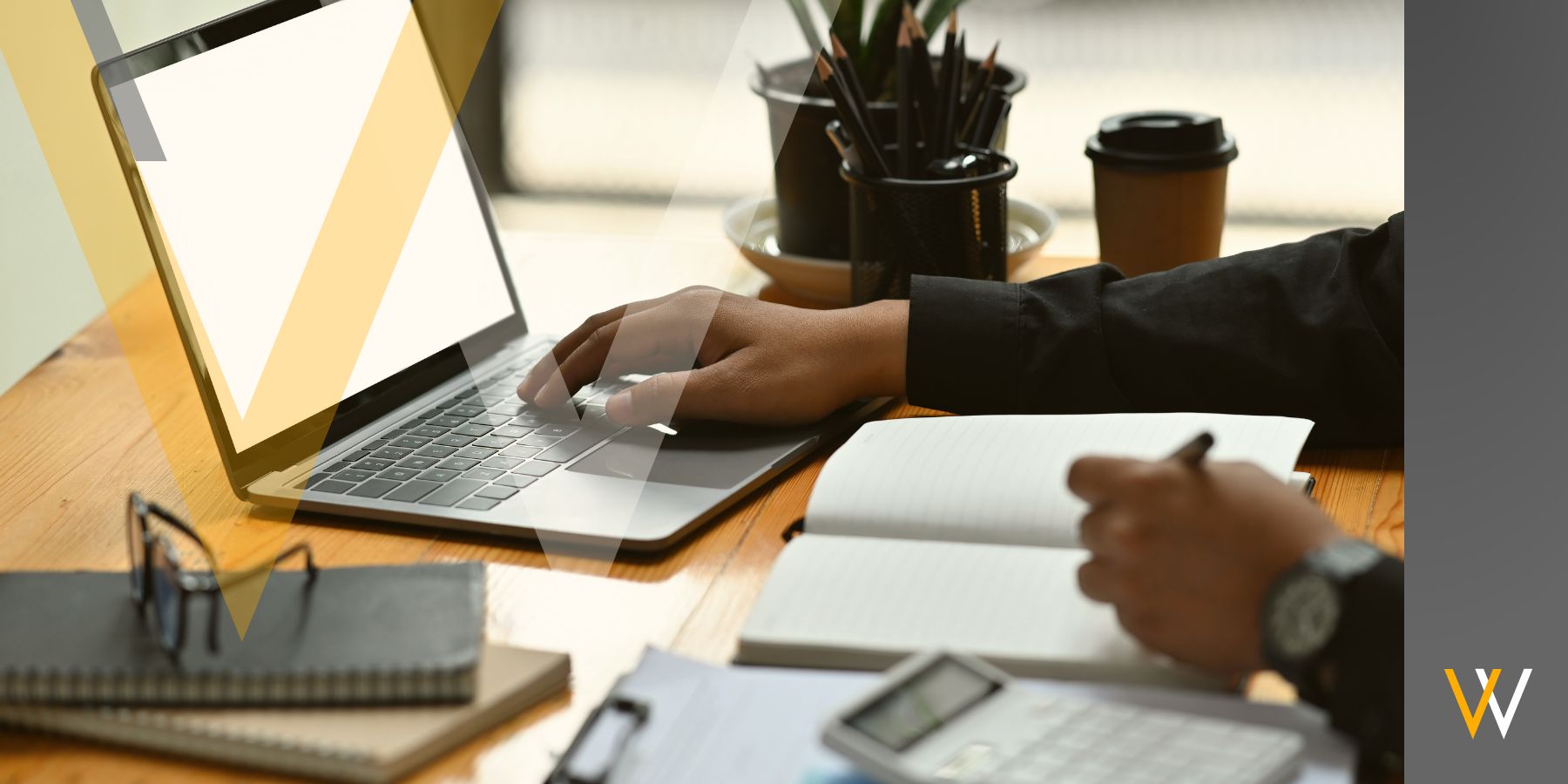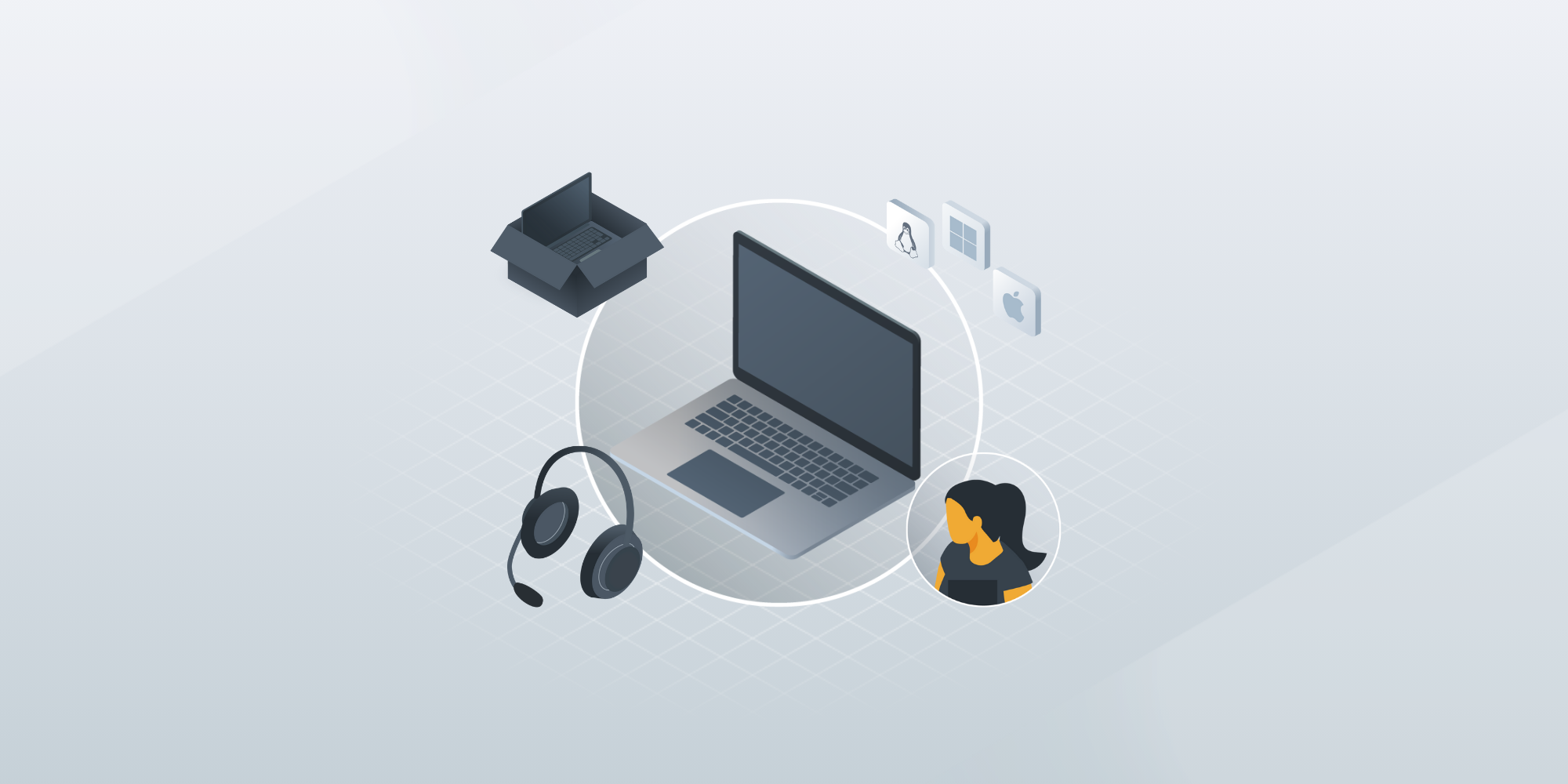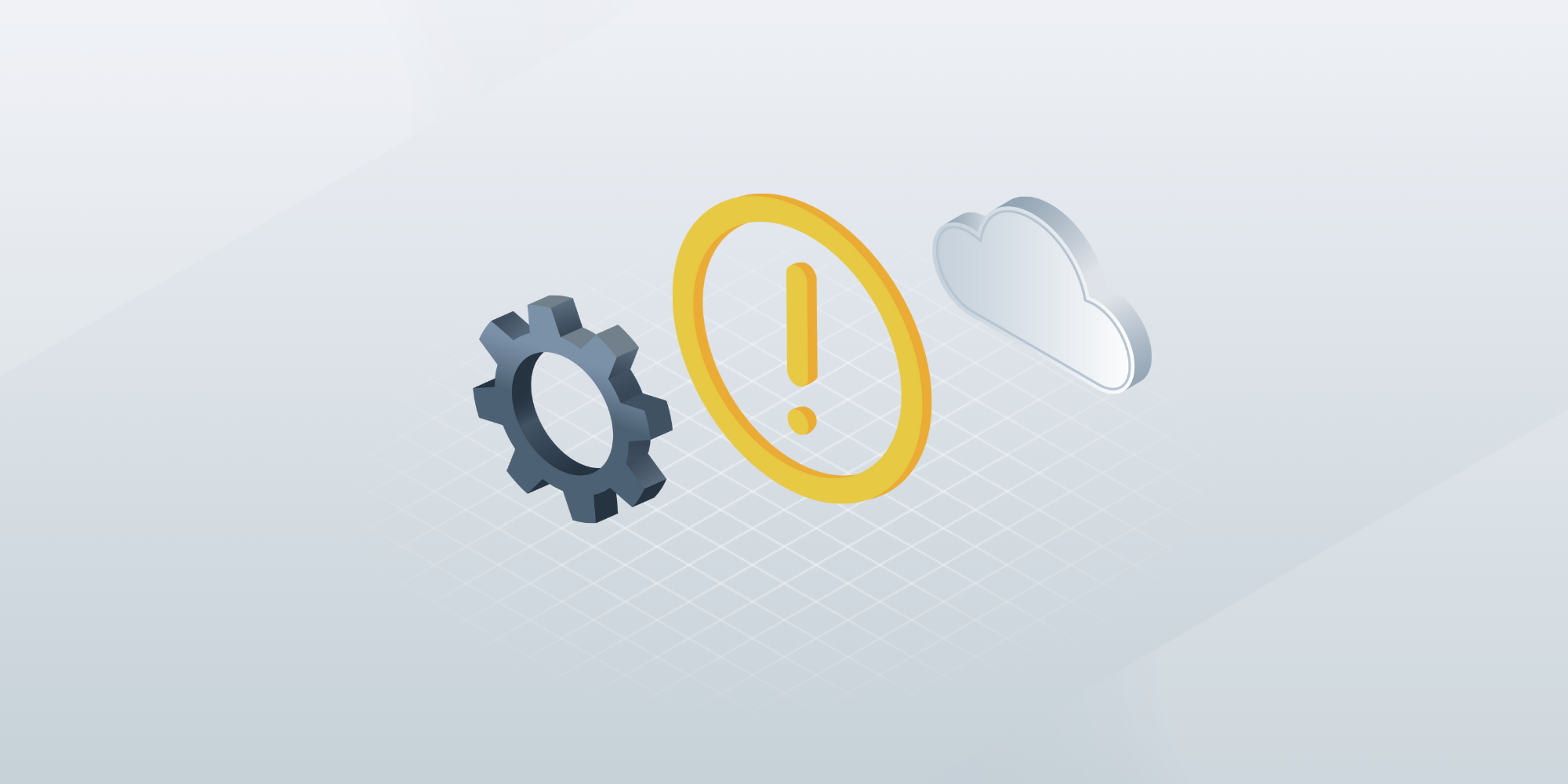Why owning your IT equipment makes financial sense
 Zachary Trudeau
Zachary Trudeau
Are you considering whether to buy or lease your IT equipment? For CTOs and IT managers, this decision can significantly impact their company's financial health and strategic growth.
Buying IT equipment is a smart financial choice that will save you money in the long run and give you greater control over your assets. Unlike leasing, which involves recurring costs and restrictions, owning your IT assets supports long-term success by aligning with your company’s strategic goals.
Purchasing IT equipment offers many advantages, from cost savings and tax benefits to enhanced flexibility and operational efficiency. In this article, we'll explore why owning IT equipment is the better alternative for your business goals.
The CapEx vs. OpEx conundrum
Understanding CapEx and OpEx is crucial for effective financial strategy in the context of IT equipment. The key is to assess which option has a better return on investment and tax benefits for your business.

CapEx, or capital expenditures, refers to the funds a company uses to purchase, upgrade, and maintain physical assets such as computers, servers, and office infrastructure.
These assets typically have a useful life extending beyond one accounting period and are recorded on the balance sheet. For instance, buying new laptops for your entire team would be classified as CapEx since these devices will be used over several years.
On the other hand, OpEx, or operating expenses, are the costs incurred to run your business's day-to-day operations. These include expenses like utilities, rent, and salaries. OpEx is recorded on the income statement and is fully deductible in the period it is incurred.
For example, paying for monthly internet service or leasing office space falls under OpEx because these are recurring costs necessary to maintain daily operations. The primary difference between CapEx and OpEx lies in the duration of the benefits they provide.
CapEx investments offer long-term value, often enhancing the company’s capacity and efficiency over multiple years. In contrast, OpEx supports immediate operational needs without extending long-term benefits. Understanding this distinction helps in making informed financial decisions, ensuring your IT procurement aligns with your company's strategic goals.
The financial benefits of buying IT equipment
Purchasing IT equipment, although impacting your CapEx, provides long-term financial benefits compared to recurring leasing costs. When you buy IT equipment, you make an upfront investment that becomes a company asset. This means that while the initial cost is higher, you save money over time as you avoid the continuous payments associated with leasing.
Leasing might seem cheaper initially, but the total payments over several years often surpass the cost of purchasing. Buying IT equipment also reduces financial uncertainty and stabilizes expenses. When you own your equipment, you have predictable costs without the fluctuations of lease renewals or potential rate increases.
This stability is crucial for effective cash flow management. Owning your equipment allows your company to allocate resources more efficiently and plan for future investments without worrying about unexpected leasing costs. Another significant advantage of buying IT equipment is the potential for tax deductions through depreciation.
Under Section 179 of the U.S. Internal Revenue Code, businesses can deduct the full purchase price of qualifying equipment in the year it is placed into service. For 2024, the maximum deduction is $1,220,000, providing substantial immediate tax relief. Additionally, you can depreciate the equipment over its useful life, allowing for annual tax deductions that further offset the initial purchase cost.
For example, if your business buys machinery for $100,000 with a useful life of ten years, you can deduct $10,000 annually from your taxable income using the straight-line depreciation method. This not only reduces your tax burden but also improves your overall financial health by spreading the cost of the asset over several years.
Moreover, owning IT equipment offers the flexibility to sell or upgrade the devices at the end of their lifecycle without the restrictions imposed by leasing agreements. This operational flexibility ensures that your business can adapt to changing technological needs without being bound by lease terms.

The actual cost of buying vs leasing
When comparing the total cost of owning IT equipment versus leasing, the long-term financial benefits of ownership become apparent. Purchasing equipment involves a higher upfront cost but results in lower overall expenditure over time.
In a case study by Dutch firm Wolters Kluwer, buying a $50,000 piece of equipment with a down payment and annual installments led to a total present value cost of $32,204.
In contrast, leasing the same equipment at an annual rent of $8,500 accumulated a higher total present value cost of $34,838 over the same period. Although the difference is around $2,000, it adds up over time. The higher cumulative leasing costs can impact your company’s investment capacity and operational budget in the long term.
As mentioned, owning equipment also provides additional financial benefits, such as tax deductions through depreciation. These deductions can significantly reduce the taxable income, offering further savings compared to leasing, which primarily benefits from rental expense deductions.
Ownership eliminates the uncertainty and restrictions associated with leasing agreements, providing more financial stability and flexibility. This can enhance your company's ability to manage cash flow effectively and allocate resources to other critical areas.

Read more about the pros and cons of buying and leasing IT equipment here.
How businesses spend their IT budgets
Although leasing options are growing, companies still prefer acquiring equipment with company funds. An Acquis Market Research report reveals this trend: 36% of businesses plan to reinvest profits into IT equipment, compared to 32% opting for leasing and 24% relying on government-backed loans. This preference underscores the perceived long-term benefits of owning assets over leasing.

Spending patterns differ significantly between small and midsize businesses (SMBs) and large enterprises. SMBs, which account for nearly half of all tech spending, often outspend larger enterprises in categories like telecom and electronic devices. For example, SMBs allocated more to wireless and wireline services than their larger counterparts.
Regarding budget allocation, hardware remains a substantial expenditure. According to Spicework’s 2024 State of IT report, small businesses allocate 24% of their IT budgets to hardware, compared to 19% for mid-sized organizations and 16% for large enterprises. Within this category, laptops dominate spending, accounting for 21% of hardware budgets in small businesses, 21% in mid-sized organizations, and 18% in large enterprises.
This focus on hardware is essential for maintaining and upgrading technological infrastructure. Moreover, businesses allocate their budgets across various IT categories, including software, IT labor, and cloud-based services. For example, 20% of the IT budget is typically spent on software, while IT labor accounts for 15%.
IT hardware and software are the most important items in IT budgets, highlighting the critical importance of investing in these assets for business operations. While leasing remains a viable option, many businesses still favor purchasing IT equipment outright to leverage long-term cost benefits and asset control.
Aligning IT investments with business goals
Investing in IT equipment is a strategic move that promotes company growth, innovation, and competitive advantage. When you own your technology, you have the freedom to upgrade, customize, and maintain it according to your specific needs.
Although purchasing IT equipment can signify a large upfront investment for some companies, these decisions are usually planned ahead of time depending on growth objectives, headcount forecasts, and IT budgets.

When your company is ready to invest in IT equipment, it’s important to remember the following:
- How will this technology help you achieve your business goals?
- What is the lifespan of the equipment? How long do you expect it to last before needing replacement or repair?
- What are the costs associated with owning and maintaining this technology over time?
- What is your IT budget for the next year?
- How many employees do you expect to hire in the next year, and what are their hardware needs?
Keep in mind that IT equipment ownership contributes to a stronger financial foundation. As assets, these investments improve your balance sheet and can be leveraged for further growth opportunities, such as securing loans or attracting investors.
Conclusion
Owning your IT assets can be stable and predictable, positively impacting your long-term financial strategy. Equipment ownership ensures that your IT infrastructure can support your business goals without constraints.
If you are considering buying or leasing IT equipment, assess your current and future IT needs. Leverage your IT budget and hiring forecasts to make the best decision. Additionally, consult with financial experts to assess how IT purchases will fit into your broader business plans.
GroWrk is here to help you make smart IT investments. Our services are designed to support your business growth and technological needs. From personalized IT solutions to comprehensive support, our asset management platform ensures that your technology aligns with your strategic goals.
Ready to see the difference? Book a demo with GroWrk today and start building a stronger IT foundation for your company’s future.







